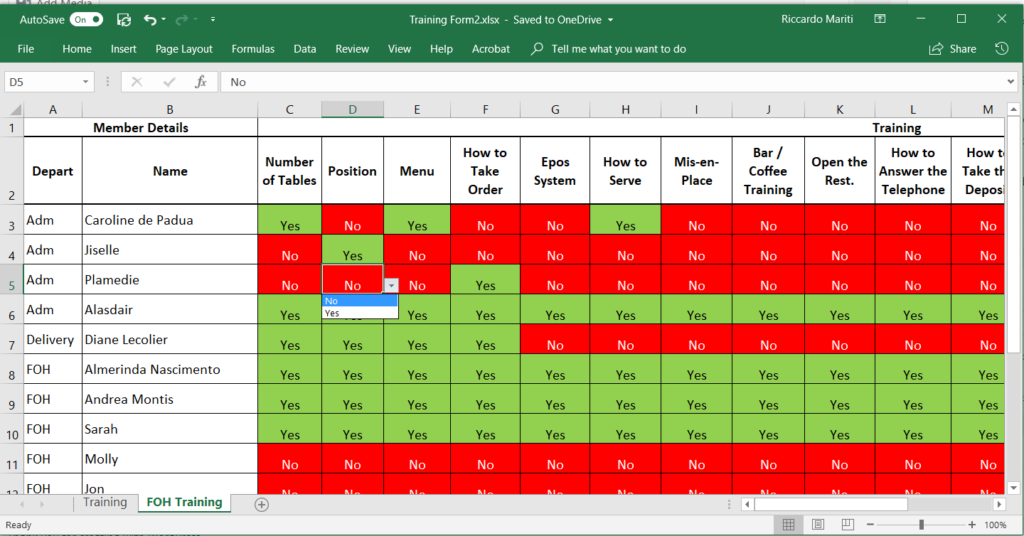If you work in our organization, this is the question I ask my team members:
The Answer,
Alasdair Says, “Yourself!”
I like that.
I ask again, “Who do you really work for?”
Boss, Customer …..
at last … he says, “could be a your Team members”
…..
that is what I was aiming for.
Why?
This is a fundamental shift in mindset:
Why do you work for the Team?
He says, “Because, the Team is working together to serve the customer”
Yes, that’s right, but, …. That’s not what I was aiming for!
Here’s a clue:
Because …. the Team decide who to put on the rota, …. the Team decides who goes on holiday, ….. the Team decides who can have a day off, …… the Team decide if a team member is eligable for a raise, …… the Team decides…… t’s a fair system for everyone and the Team decides the rules of being a Team member.
No manager or boss to please here!
Notes from a discussion between Riccardo Mariti and Alasdair McWilliam, 28th October 2022
